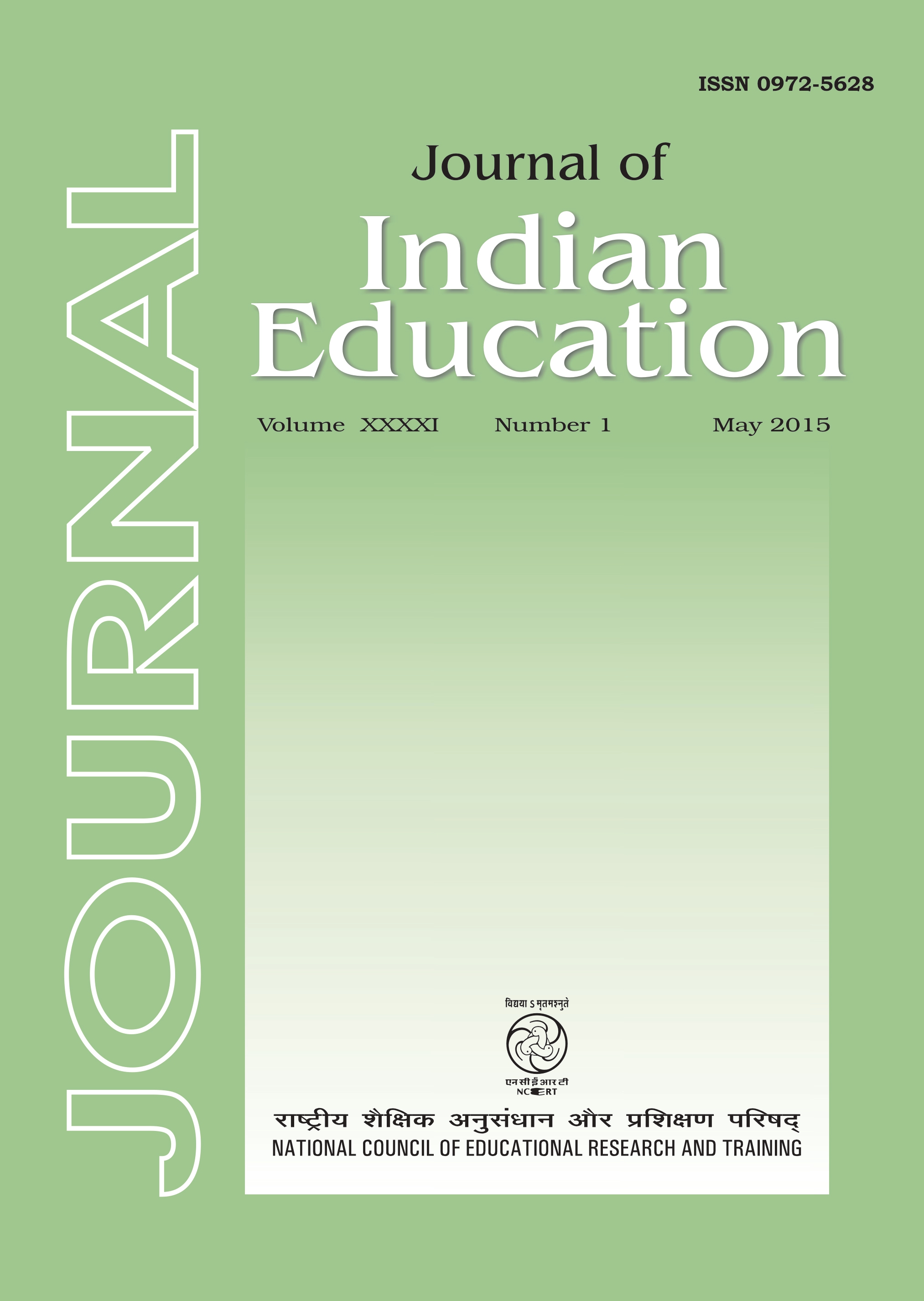Published 2024-12-12
Keywords
- Education,
- Special Sducation
How to Cite
Abstract
The majority of people with disability have the reciprocity of poverty producing disability, and disability resulting in poverty.” (Bonela, 2014) Real GDP in India expanded 7.4 per cent in the fiscal year 2014-15. Despite this development, the majority of people still live under the poverty line. Poverty is interlinked to disability. Also statistics given by census show the decadal increase in the population of people with disability. Since India’s independence, many policies were structured, but neither the inclusive education system is established nor did the goal of “Education for All” accomplish yet. In-depth analysis of the education policies for people with disability is important to derive the information about course of special education and inclusion in India. In this paper, a historical review of the policies, acts and deeds which have caused an impingement on the life of people with disability in India, has been presented. It has been a significant focus of several international policies and India is signatory to many of these international declarations. So, it is imperative to understand the ways in which the international policies have influenced the policies and practices across India. The contemporary scenarios pose atypical challenges for effectively and efficiently addressing the diverse needs of individuals with disability which in itself is too heterogeneous.This raises the requirement for a critical evaluation of the emerging issues and challenges with specific reference to children with special needs on one, two or multiple grounds. These will include a range of special needs emerging due to an interface of physical, cognitive, social, cultural and economic circumstances of the individuals.

